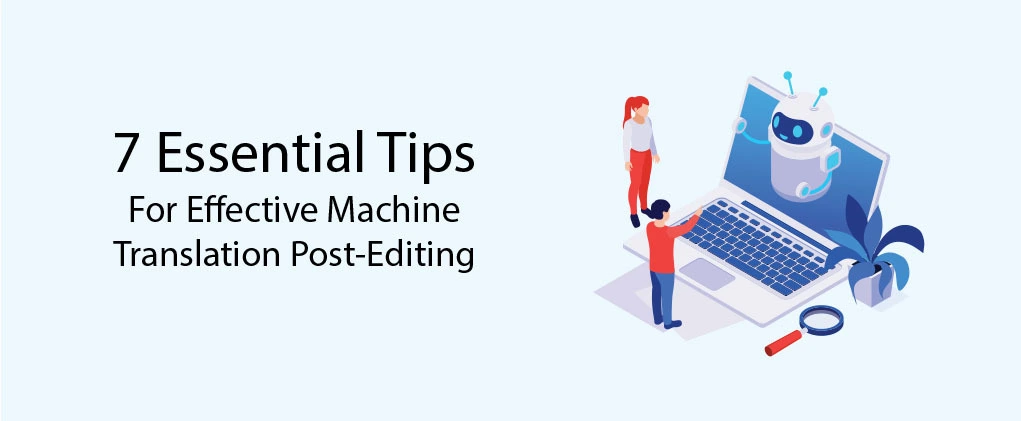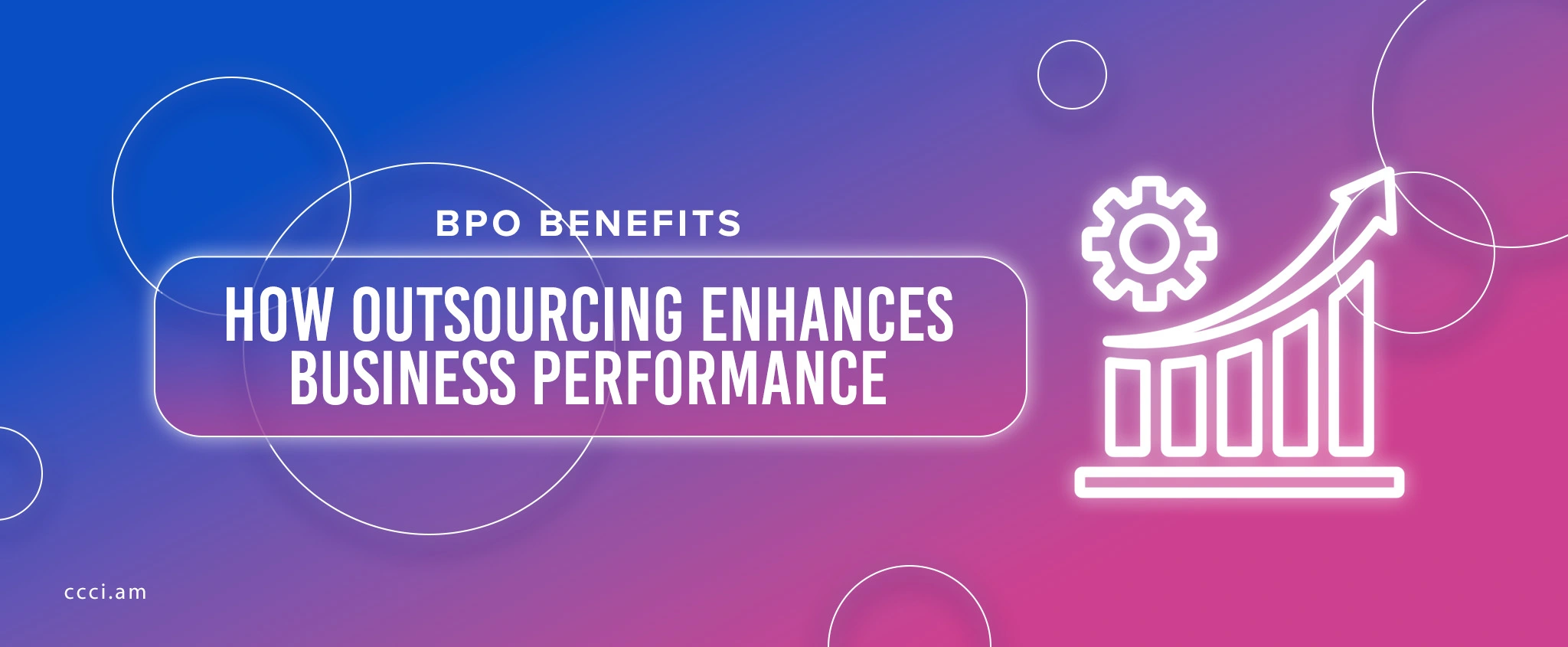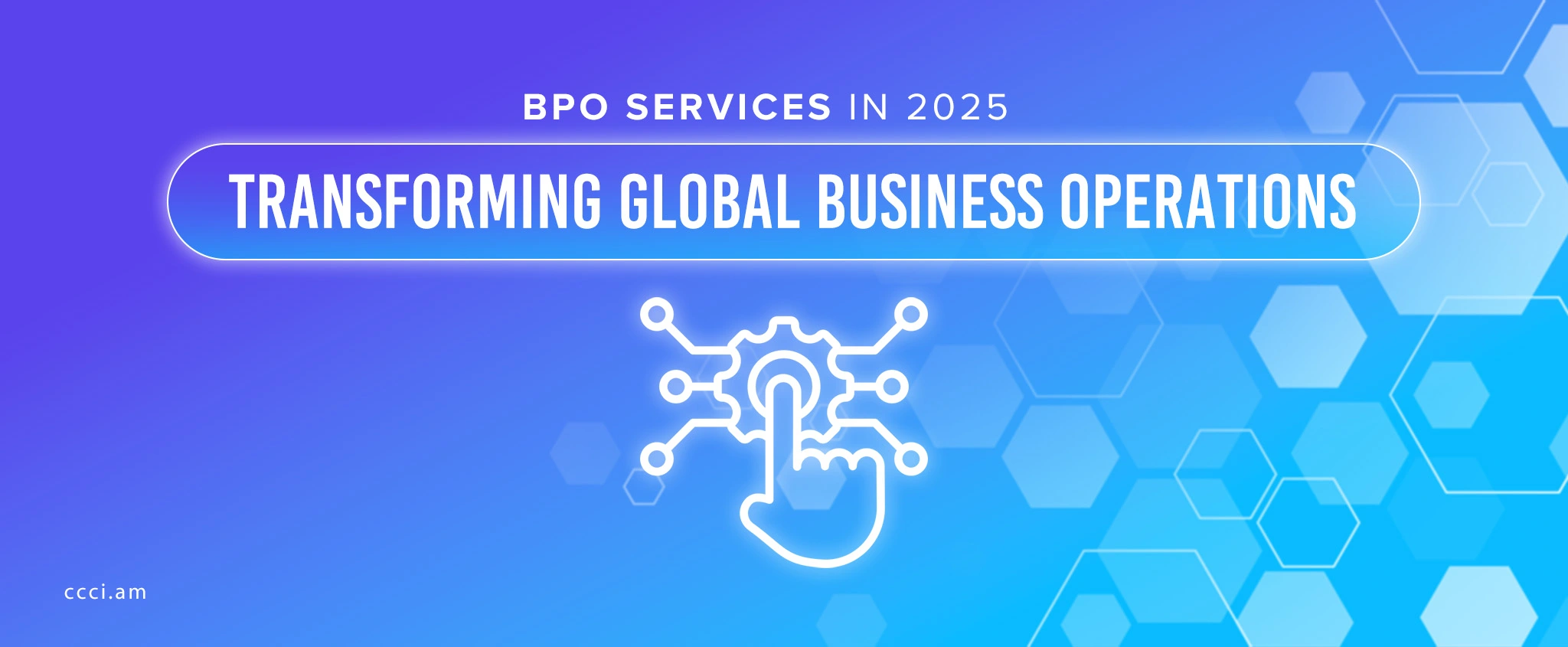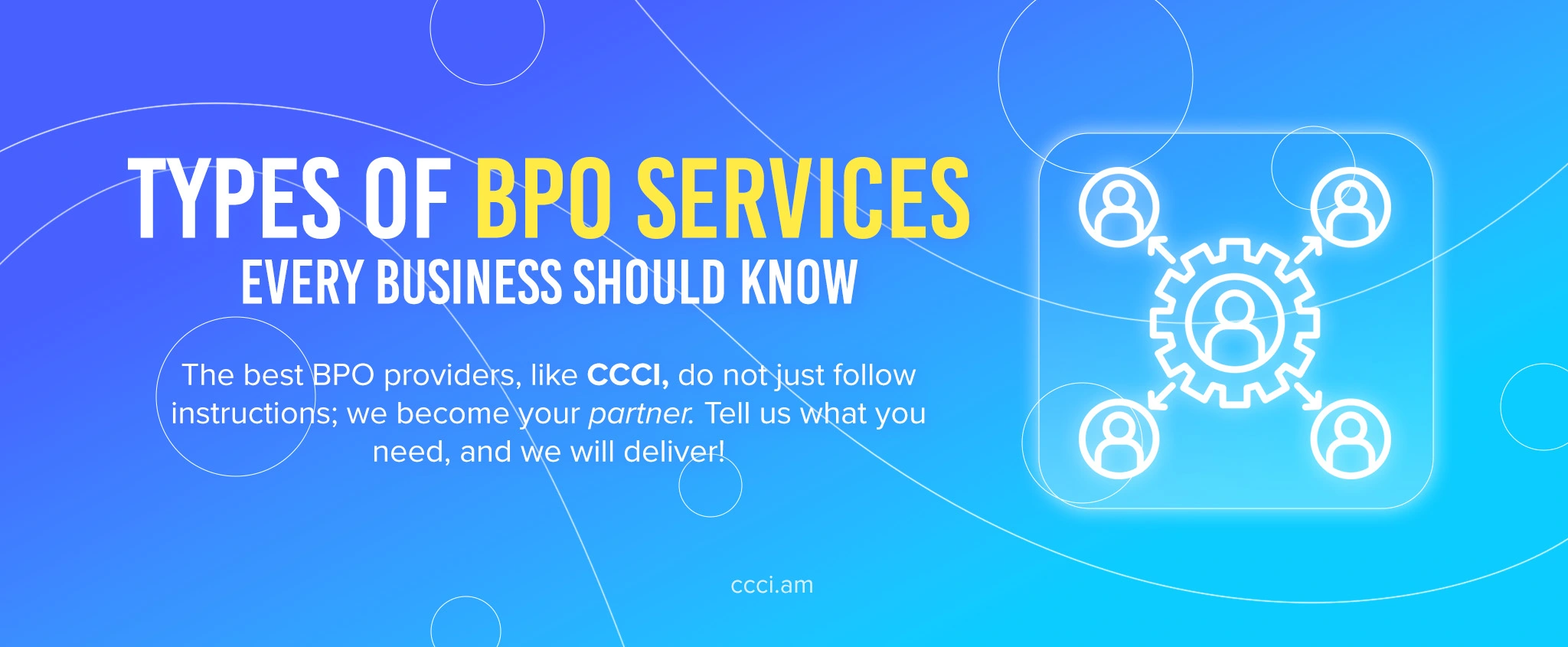7 Essential Tips for Effective Machine Translation Post-Editing (MTPE)
With the recent COVID-19 pandemic, the demand for global language services was expected to suffer. However, with the emergence of entertainment and technical demand, services have risen greatly in net worth since 2022. With it, demands for large volumes of translation projects and tight deadlines have worried human translators.
Effective machine translation post-editing harnesses the power of machine translation while using human translators to check their work. In a way, humans and machines work closely to ensure quality work without sacrificing time or costs.
So, what is MTPE? How can it benefit you, whether you’re an industry professional or a translator? If so, what are MTPE’s best practices?
KEY TAKEAWAYS:
- Machine translation post-editing is the future of translation.
- MTPE combines human expertise and rapid machine translations for consistency, scalability, and faster market time.
- Effective machine translation post-editing involves seven simple steps to start.
- MTPE best practices and strategies can help boost professional translators and freelancers in post-editing fields.
TABLE OF CONTENTS:
- Understanding Effective Machine Translation Post-Editing
- Exploring MTPE Strategies and Post-Editing Tools
- What’s Next for MTPE?
Understanding Effective Machine Translation Post-Editing
Language barriers persist today despite the world slowly shifting to a more advanced digital age. Whether we listen to music, read online posts, or talk with people, we encounter languages we don’t understand.
As such, translators play an important role in helping us get around. Think of them as guides. It is also worth noting that only highly skilled translators produce relatable translated work without sounding stiff. However, manual human translation takes too much time and can be a hassle when working with multiple files.
Machine translation (MT) saves time with its fast translations and is a cost-effective alternative to human experts. The downside is that they sound unnatural and awkward. Most MTs translate words in their literal counterpart, making the translated text lose humor. That is where machine translation post-editing, or MTPE, comes into play.
What is MTPE, you ask? Machine translation post-editing, or MTPE, is the process of combining human expertise and rapid machine translations. Other services include localization, content writing, and international business, where speed is critical but quality cant be sacrificed.
MTPE is broadly categorized into two types:
- Light Post-Editing (LPE): The MT post-editor makes minimal changes to ensure the text is grammatically correct and free from typographical errors. They also focus on making the text cohesive but refrain from major changes in syntax.
- Full Post-Editing (FPE): The MT post-editor thoroughly revises the text to ensure it is accurate, relatable to its target audience, and sounds natural. This is necessary for files that use jargon and terminologies.
However, there are instances where machines translate some texts better. Other times, humans are more suitable for the job. In such cases, how do we know when to require an MT, HT, or a hybrid approach?
When to use Machine Translation:
- Large Volume of Texts: Data collection services often incur large amounts of files that need translations with tight deadlines. Speedily translating texts with machine translations is usually the way to go.
- Non-critical Text: Some files, like quick summaries or general information, don’t necessarily need high accuracy or nuance. Usually, these MTs are handed down to human translators for polishing.
When to use Human Translation:
- Nuanced Content: This is for texts that require cultural sensitivity or personalized context, such as literary works and legal documents. Although a bit slow, this protects the client’s confidentiality and tailors the text according to their request.
- Technical Documents: Files related to medicine, law, or finance need accurate translations. Knowledge about the field is necessary to ensure that the definition is retained.
When to use Hybrid Approach:
- Localization: Translating foreign languages includes understanding their culture and making them as relatable to our culture as possible.
- Budget-conscious Projects: Projects with tight budgets and medium-scale volumes of text are ideal for MTPE. Machines can quickly translate while human translators fine-tune the text, making it marketable as soon as possible.
Ultimately, the approach depends on what your project needs. In most cases, MTPE or hybrid approaches are ideal.
With that said, there are benefits to MTPE.
- Cost-effectiveness
MTPE is faster and less expensive than human translation. Since the machine handles most of the translation work, human post-editors only need to make minimal and necessary changes. Combining rapid machine translations and human proofreading not only streamlines the process but also helps in keeping costs low.
- Scalability
MTPE allows large-scale translation projects in industries with ongoing translation needs such as e-commerce platforms, news, and entertainment. Despite the growing volume of texts, MTPE ensures that the quality is preserved while marketing the translation.
- Market Opportunities
With the shorter time necessary and a continuously growing demand for translations, market opportunities are endless. Companies like CCCI can also provide work to MTPE freelancers and produce fast-rate quality translations.
Exploring MTPE Strategies and Post-Editing Tools
Contrary to popular belief, it is fairly easy to proofread machine translations. With its continuous machine learning, translations are also slowly being improved. Human translators also work alongside them to ensure accuracy, especially in localization projects.
Whether you’re a freelancer or a curious company, here are seven (7) simple machine translation post-editing tips:
Understanding the context of the source material is the first, and most important, step in MTPE. The topic of the source material dictates the theme of the whole file. Some files require technical accuracy, especially from specialized fields. Knowing your file’s purpose would also allow you to tailor the text’s tone to your target audience.
- Know when to use Light or Full Post-Editing
After identifying what kind of material you are working with, choose which MTPE process to use. MT errors indicate how heavy the necessary revisions are. Skim through the files, note the error, and decide whether to use LPE or FPE.
Pro Tip: Specialized fields like medicine, law, or finance require FPE. General seminars and summaries usually use LPE.
- Proofread Grammar and Syntax
Machine translations may contain grammatical errors or vague phrases. The important goal of MTPE is to make machine translations cohesive. As such, thoroughly check for awkward-sounding phrases or sentences. Machine translations also often have ambiguous texts, especially with homonyms and idioms. Knowing your country’s
Pro Tip: When proofreading, try speaking it aloud and observe if it’s too mouthful or sounds wrong.
- Maintain Consistency
The most important among machine translation post-editing tips is consistency. While working on technical texts, it is important to ensure that jargon and terminologies are translated consistently throughout the document. This could help machine translations remember the terminology. Additionally, it makes the translation uniform and understandable.
- Research or Collaborate with Experts
There are documents with subject matters that are beyond your scope of knowledge. Working with a subject matter expert who can guide you through is advisable. You can research jargon and terminologies if there are no SMEs nearby.
- Localization
When translating to another language, it is important to suit the translation to its target audience’s tone and context. This bridges the disconnect made by language barriers and brings the text closer to its audience.
Pro Tip: When your texts include currencies, try to convert those into your country’s currency to help local audiences understand.
- Quality Assurance
Skimming through the document before submitting it should ensure your MTPE is spotless. A fresh set of eyes wouldn’t hurt to ensure no other error is left on the document. Errors may be as small as a typographical error or as major as mistranslating a sensitive topic, so better be safe than sorry.
Offering MTPE services, whether as a freelancer or an industry, can greatly improve the MT post-editing demands. Similarly, when your company needs human fine-tuning, knowing the process can make you truly appreciate the effort.
Conclusion
In a rapidly advancing technological society, navigating through every day has become convenient. From travel, communication, and working to accessibility—everything is just a click away! However, this does not mean that machines have taken over human control.
The “easy” in “easy does it” doesn’t have to mean slow now. With AI, blending technical savvy and linguistic expertise has made translating much easier and fascinating. We are in a time where leveraging technological tools can resolve everything one problem at a time. Today, there are language barriers. Tomorrow, who knows?
What’s Next for MTPE?
And it’s that easy! Remember: speedy doesn’t mean poorer quality. At CCCI, we ensure that your files are translated to reach your target audience while staying true to your intentions. We can also collect data for you and send it back to you in no time.
Interested? Try to give us a call and we will bring your files closer to multiple regions. Experience the magic of effective machine translation post-editing (MPTE) in global language services today!






